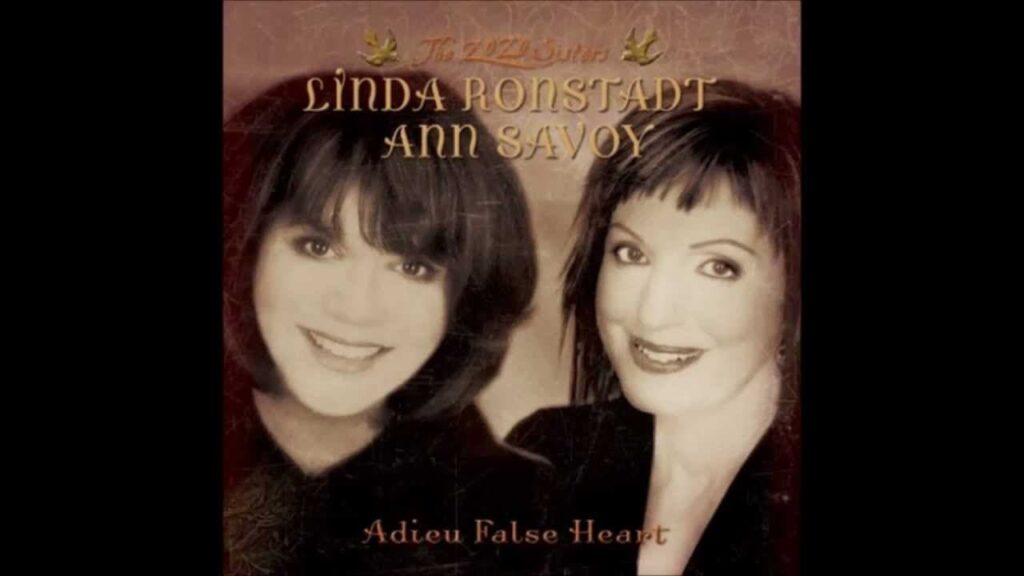
A plaintive goodbye to a love that cannot be.
When you look back at the monumental career of Linda Ronstadt, it’s easy to get lost in the whirlwind of her classic hits: the country-rock anthems, the pop masterpieces, the stunning standards with Nelson Riddle. But for those who followed her into the quiet, more intimate corners of her artistry, a true final chapter began to unfold with the release of her 2006 album, Adieu False Heart, a deeply personal collaboration with Cajun music virtuoso Ann Savoy. On that album, nestled amongst other acoustic treasures, lies a song that stands as one of her most moving and, in retrospect, heartbreakingly poignant performances: the traditional folk ballad, “Go Away From My Window.”
This was not a song destined for the airwaves or the top of the charts. As a track on an album that reached number 146 on the Billboard 200 but found a more respectable home at number 2 on the Top Folk Albums chart, “Go Away From My Window” was never released as a single and therefore holds no independent chart history. Its legacy is not measured in sales figures or radio spins, but in the raw, aching honesty of its delivery. It is a whispered secret for those willing to lean in and listen, a testament to Ronstadt’s unwavering commitment to the heart of a song, regardless of its commercial viability.
The history of “Go Away From My Window” is as old and weathered as the American folk tradition itself. Attributed by some to the Kentucky folklorist and singer John Jacob Niles, the song is a classic lament, a simple yet devastating account of a love that is being turned away. It speaks to a final, tearful farewell, a refusal to grant even the most basic intimacy to a lover who lingers outside. The “window” in the title is both a literal and metaphorical barrier, separating the protagonist from their suitor and symbolizing the finality of the decision to part. It’s a timeless tale of unrequited love or, perhaps more painfully, a love that once was but can be no more.
What makes this particular recording so hauntingly beautiful is the convergence of the song’s meaning with the tragic unfolding of Linda Ronstadt’s life. As we now know, this album represents some of her very last recordings, made just as she began to feel the first, confusing symptoms of what would later be diagnosed as progressive supranuclear palsy, a disease that would cruelly rob her of her magnificent singing voice. Listening to the plaintive harmonies of Ronstadt and Savoy on “Go Away From My Window” today, every note feels imbued with a profound sense of finality. It’s an unspoken goodbye, not just to a lover in a song, but to the very act of singing itself. The fragility in her voice, which might once have been mistaken for stylistic choice, now sounds like a brave and valiant effort, a heartbreaking final grace note from one of the most powerful singers of her generation.
For those of us who grew up with her as a constant presence on our radios and turntables, this song is a gut-wrenching, bittersweet reminder of her enduring talent. It’s not the soaring power of “You’re No Good” or the youthful innocence of “Long Long Time.” It is something far deeper, far more personal. It’s the sound of a living legend giving one final, vulnerable performance, one last gift to her fans. “Go Away From My Window” is a whispered farewell, a treasured glimpse into the final moments of a voice that shaped so many of our lives. It’s a testament to the fact that sometimes, the most emotional and lasting music is found not in the bold headlines, but in the quiet, reflective spaces of a career’s final, fading light.